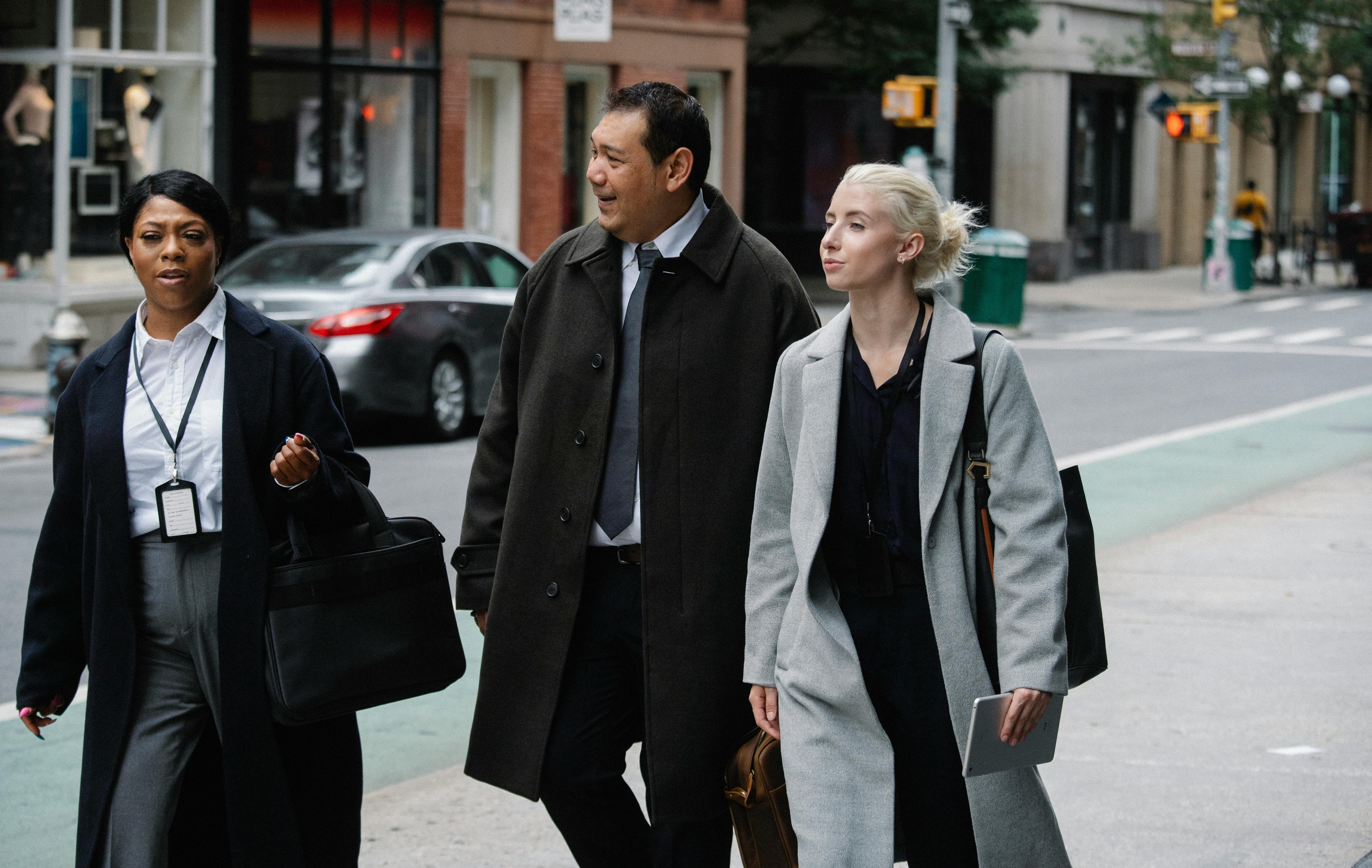
The history of the slasher movies
While the slasher film’s location varies greatly, usually to give the somewhat family-friendly story some individual identity, locations such as fairgrounds, campgrounds, and dormitories are generally used as a way to isolate the doomed young cast. The killer is usually motivated by a perceived injustice from the past, often related to where most of the action is taking place or to one or all of the people in the group.
The stalker is often (but not always) masculine, disfigured, masked, and also, usually at least in the last real one, quite psychotic. He or she may possess seemingly supernatural powers of regeneration and is likely to be found jumping into the frame for one last scare at the film’s climax. Increasingly, he or she is strong enough to appear again in a sequel! The slasher is a BOO! machine, designed to scare and entertain the public. It appeals to our longing for safe thrills and allows the audience to enjoy the ultimate in schadenfreude, while paradoxically cheering for the final girl (and it is usually a girl) as she fights to survive the last 30 minutes of the film. after the killer has murdered all of his friends and/or family members in a variety of increasingly gruesome and inventive ways.
Despite being around, in one form or another, since the beginning of the movie industry, the slasher is often unfairly seen as the bottom-of-the-barrel horror. It is the scapegoat of the horror genre, often accused, by both critics and fans of the genre, of pandering to the lowest common denominator. Respected genre critic Alan Jones once described the slasher as “comfort horror,” part of its allure being its deadly predictability. But while the slasher movie can rarely challenge, it is horror at its most basic and enjoyable. Perhaps surprisingly, many Golden Age slashers still have the power to mystify and shock. Watching a one-off theatrical performance of the original Friday the 13th (1980) some 10 years ago, the guffaws turned to stunned silence once the ax began to fall. Part of the joy of the horror movies of yesterday is that many still hold up today and, like many, have improved over time and now boast a campy, cheesy vibe to add to their already irresistible appeal. For example, Halloween (1978) remains a stylish shock machine, despite its bell-bottoms and seemingly old-fashioned teen talk.
Teenage Wasteland offers an affectionate yet critical overview of the popular slasher story. However, writing a book about movies that most critics have turned their backs on is fraught with difficulties. Myths and inaccuracies have sprung up around many movies, and JA Kerswell has tried to unravel these mysteries to the best of his ability. For some of the darker movies, like Savage Water (1978) and Bloodbeat (1982), almost no information exists. Other movies, like The Prey (1980), for example, languished on the shelf before getting a theatrical release or going straight to video, and some made it to neither. The date given for each film is the theatrical release date of the country of origin, unless otherwise stated. Box office figures are always in US dollars, unless otherwise noted.
It would be impossible to cover every movie ever made in this genre, especially given the glut of direct-to-DVD slashers that are still being released with breakneck regularity. However, Teenage Wasteland takes a long, lingering look at the best – and yes, the worst – that the subgenre has to offer. The modern stalk ‘n’ slash movie as we know it was born when John Carpenter unleashed the cocoon on him in small-town America in 1978 with Halloween, but the film wasn’t created in a vacuum and builds on many earlier genres. . Teenage Wasteland traces the subgenre’s roots to violent French theater and folklore. Violent horror thrillers from Europe were instrumental in shaping the subgenre, and JA Kerswell examines the krimi (the German term for mystery or crime thrillers) of the 1950s and 1960s; the elegant and sexy giallo (meaning yellow) of Italy in the 1960s and early 1970s; and even the homegrown goings-on in Pete Walker’s droll and macabre 1970s British surprises. (The term ‘giallo’ originates from the yellow-cover crime books and murder fantasies popular in Italy since the 1920s.) Similarly, J. A. Kerswell discusses how early horror films, including Alfred Hitchcock’s Psycho (1960), as well as bloody drive-in movies and movies like Black Christmas and The Texas Chain Saw Massacre (both 1974), played their part. in the evolution of the subgenre. Illustrated with colorful artwork from around the world, Teenage Wasteland focuses on what many fans consider to be the golden age of the slasher movie: the period from 1978 to 1984. The hit Halloween in 1978 opened the floodgates for imitators. and gave birth to another slasher movie classic on Friday the 13th. For six furious (and glorious) years, no place in America seemed safe and high schools and summer camps were awash with teen gore; each holiday date was marked with a knife flash. Teenage Wasteland revels in this notorious subgenre and also touches on the genre’s cultural impact on society and other subgenres.